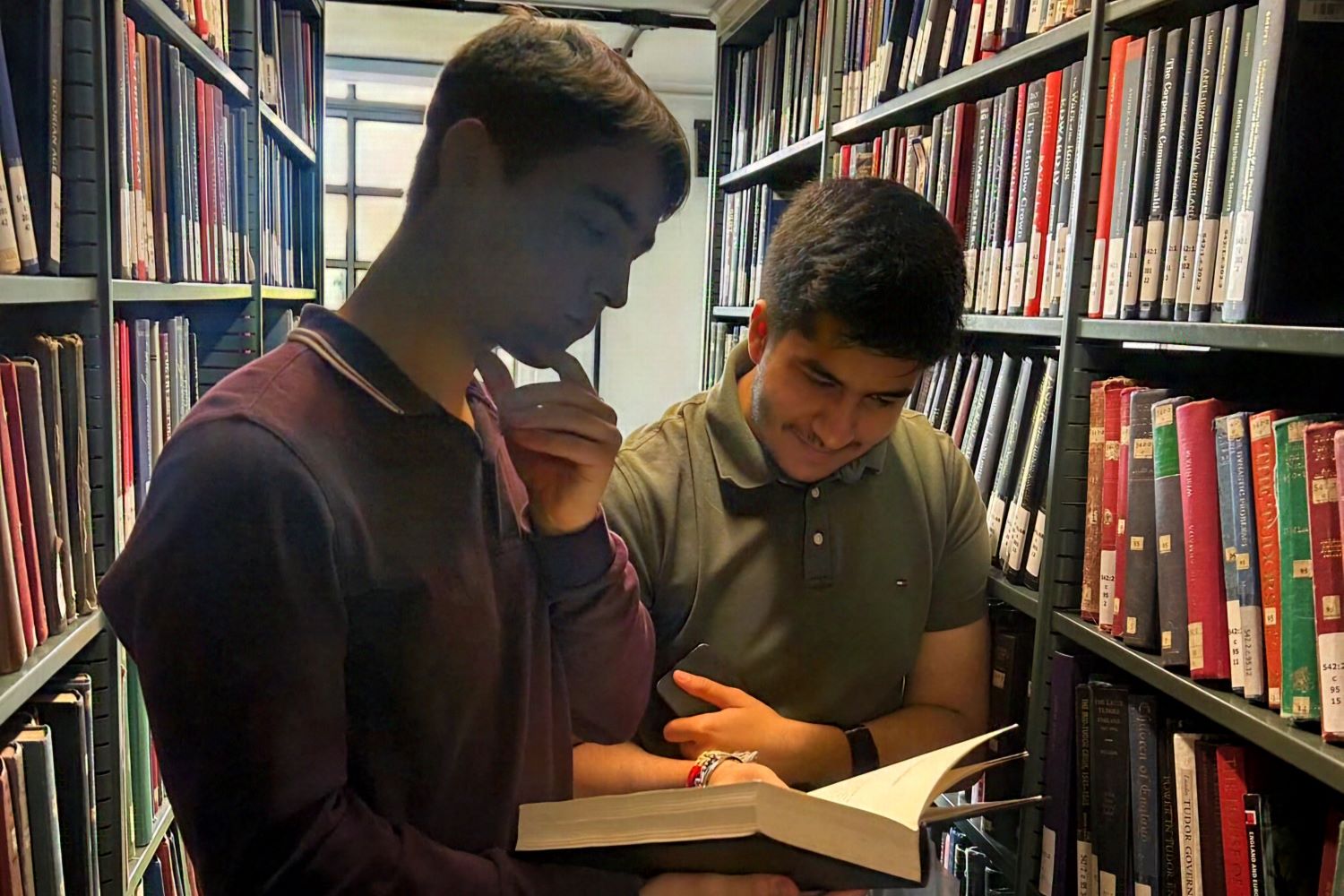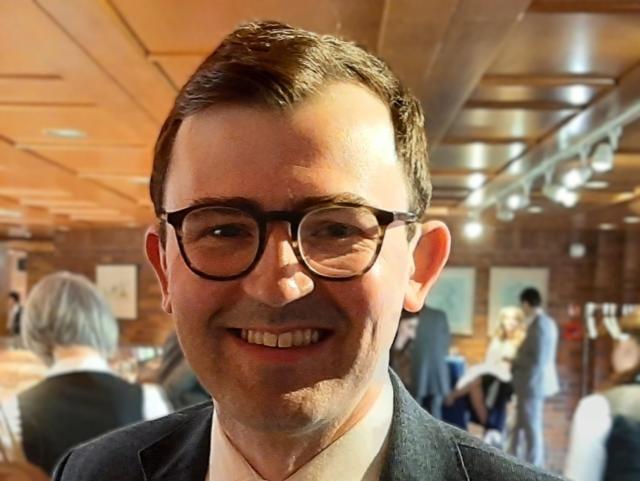
At the start of September, Selwyn welcomed students to its first bridging course. Between Sunday 1st and Saturday 7th September, 15 of our incoming freshers due to matriculate in October were resident in college for a programme of events designed to aid them in making the transition to life at university and at Cambridge in particular. They were offered some additional online mentoring and supervision across the following weeks after the residential as they prepare to begin their studies.
The 15 students were invited to participate in the bridging course on the basis of contextual data provided to us in the admissions process. We selected the students we believed most deserved additional opportunities because they come from schools and colleges and/or areas that do not traditionally send many people to Cambridge, or because their education has been otherwise disrupted. Beyond that, the bridging course participants have been given an offer of a place through the same rigorous process as all other students at Selwyn, and we believe that all of them have the capacity to thrive at Cambridge.
The initiative has been generously funded by the Isaac Newton Trust’s Widening Participation and Induction Fund, which has agreed to support the first two years of the programme. The course is also indebted to a wide range of Selwyn staff members, four student ambassadors from our current student body, and subject specialists from across 11 different subject areas. Between them, these people allowed us to put together a packed programme offering general and subject-specific academic skills training, an introduction to a range of different forms of support offered by the college, and an orientation within Selwyn and Cambridge.

Dr Tom Smith (pictured), our admissions tutor and History fellow who is directing the course, says: “We believe we’ve put together a programme that will be both stimulating and fun as we look to give people the very best of starts on their journey at Selwyn and Cambridge. We’ll also be looking for every opportunity to learn from the process as we think about refining the course further still for future years. I’m grateful both to the Isaac Newton Trust and to the tremendous support of a number of colleagues and current students in making the course happen.”


